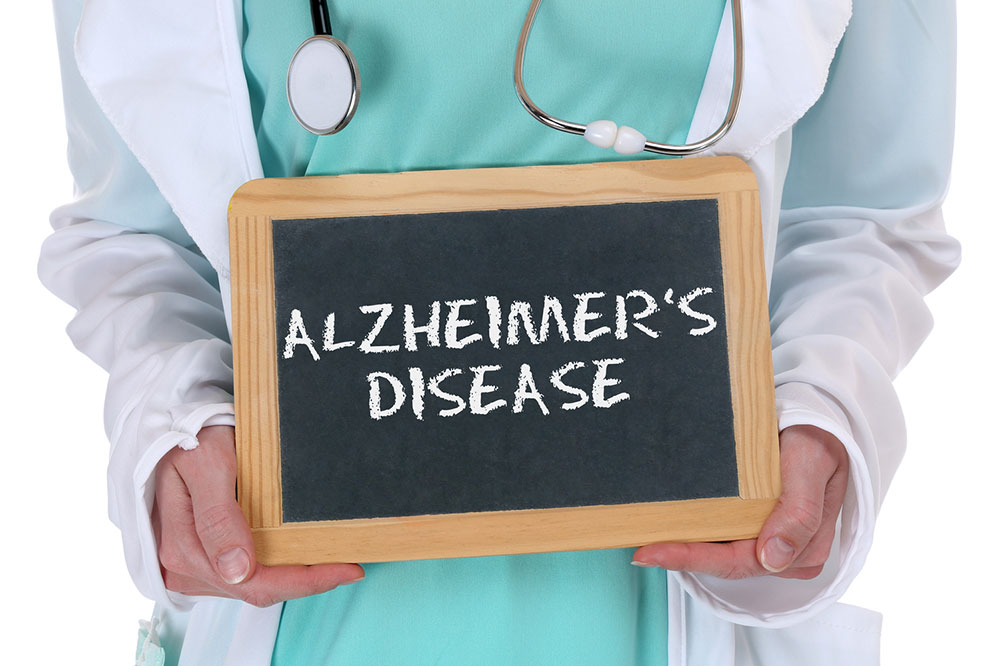Comprehensive Guide to Recognizing the Early Signs of Alzheimer’s Disease
Alzheimer’s disease affects millions worldwide, primarily those over 65, but early-onset cases are also significant. Recognizing early symptoms such as memory loss, confusion, language difficulties, and behavioral changes is crucial for timely intervention. This comprehensive guide discusses risk factors, early signs, diagnostic methods, and the importance of early detection in managing the progressive neurological disorder. Staying informed and vigilant can lead to better outcomes and improved quality of life for affected individuals and their families.

Alzheimer’s disease is a progressive neurological disorder that profoundly impacts millions across the globe, with over 5 million individuals affected in the United States alone, according to data from the Alzheimer’s Association. As the most common cause of dementia, Alzheimer’s presents a complex set of challenges that evolve over time, making early recognition vital for managing symptoms and enhancing quality of life. While there is currently no cure, early diagnosis allows patients and families to plan, seek supportive therapies, and participate in clinical trials that could lead to future breakthroughs.
This disease predominantly affects individuals aged 65 and older, but a notable percentage—approximately 5%—develops in a younger demographic, typically in their 40s and 50s, a condition known as early-onset Alzheimer’s. The disease’s progression involves gradual deterioration of brain functions, including memory, reasoning, language, and behavioral abilities. Its insidious onset often results in misinterpretation as normal aging or stress, delaying crucial intervention.
Understanding the early symptoms of Alzheimer’s is essential for timely diagnosis and management. Initial signs are often subtle and easily overlooked but can significantly impair daily life if not addressed promptly. Common early symptoms include persistent forgetfulness, especially of recent events or conversations, which patients and loved ones might dismiss as normal aging. Mood swings, increased anxiety, and episodes of confusion may also manifest, creating emotional distress and social withdrawal. These behavioral changes can be misinterpreted as mood disorders or stress-related issues, underscoring the importance of awareness and vigilance.
Additional early indicators involve difficulties with language, such as struggling to find the right words during conversations or navigating familiar routines. Visual-spatial challenges, like having trouble judging distances or recognizing objects and faces, are also typical symptoms. Routine tasks, such as cooking, driving, or managing finances, may become increasingly challenging. For instance, a person might forget how to operate familiar appliances or misplace everyday items, which can be perplexing for both the individual and their caregivers.
Early detection is crucial because it opens the door to interventions that can slow disease progression, improve symptoms, and help patients maintain independence longer. While no definitive cure exists yet, various medications and lifestyle modifications can positively influence disease trajectory. Cognitive therapies, physical activity, a balanced diet, and social engagement are highly recommended to support brain health. Additionally, early diagnosis provides an opportunity for individuals to participate in clinical trials aimed at discovering more effective treatments and potential cures.
Factors that increase the risk of developing Alzheimer’s include aging—particularly beyond 85 years—family history, genetic predispositions such as the presence of the APOE-e4 gene, and lifestyle factors like sedentary behavior, smoking, and poor nutrition. While aging remains the most significant risk factor, adopting healthy habits can potentially delay onset or reduce severity. Ongoing research continuously explores new biomarkers, genetic analysis, and imaging techniques to identify individuals at risk even before symptoms emerge.
Recognizing these early signs of Alzheimer’s enables individuals and their loved ones to seek medical evaluation promptly. Primary care physicians use cognitive assessments, medical history, neuroimaging, and laboratory tests to confirm diagnosis. Early diagnosis also facilitates planning for the future, including legal, financial, and care arrangements, ensuring patients’ preferences are respected and their well-being is prioritized.
As research advances, the landscape of Alzheimer’s disease management continues to evolve, offering hope for better interventions and, ultimately, a cure. Public awareness remains essential, and educational campaigns aim to reduce stigma and increase understanding of the disease’s early signs. If you or a loved one experience any of these symptoms, consulting a healthcare professional without delay can make a significant difference in managing this complex disease.





